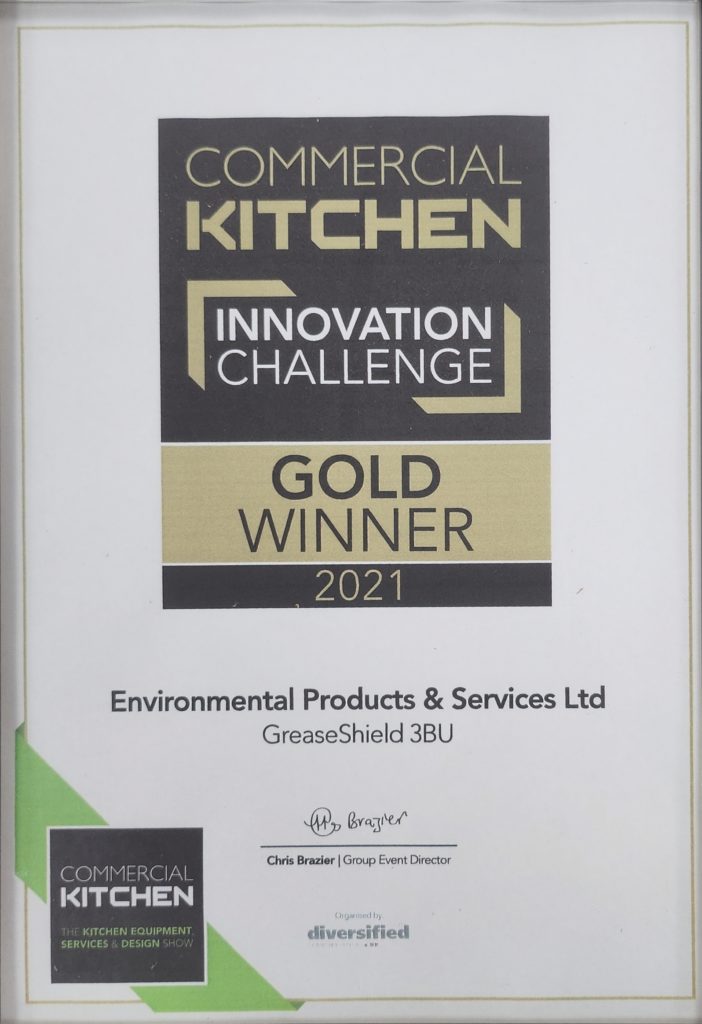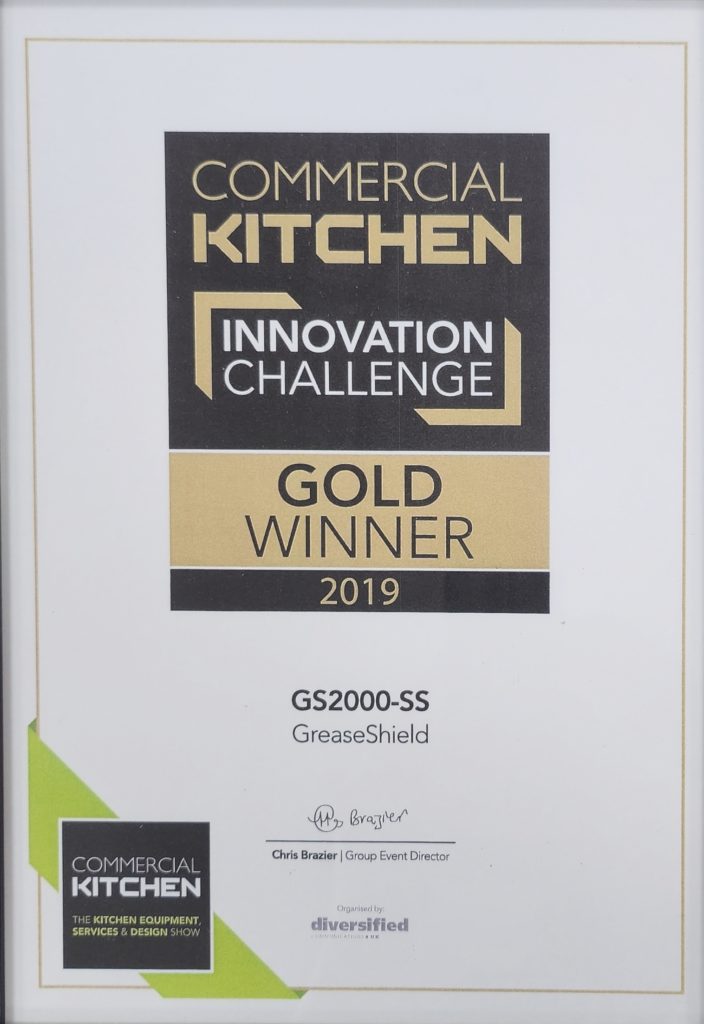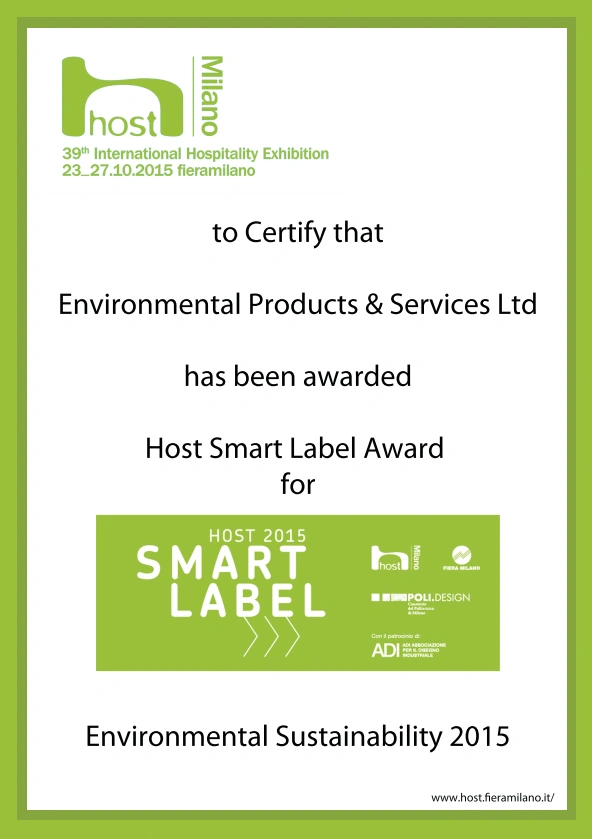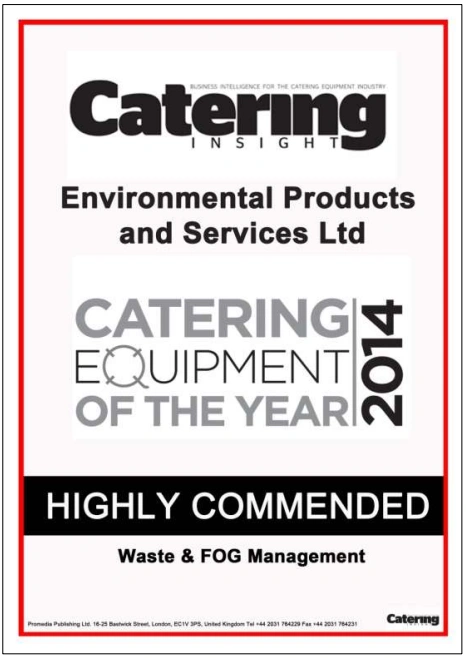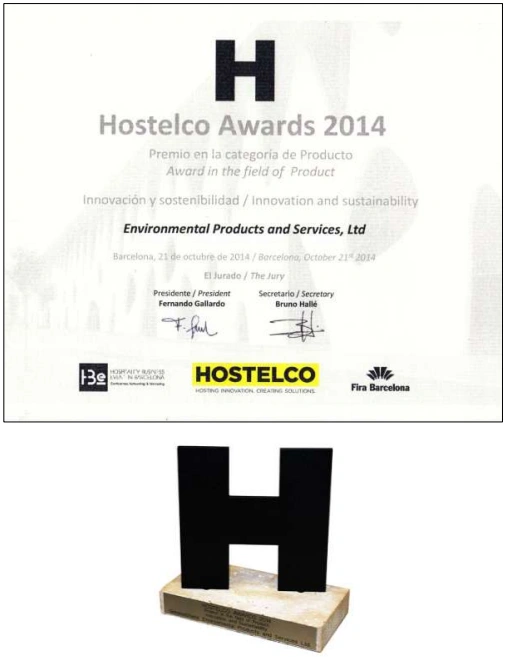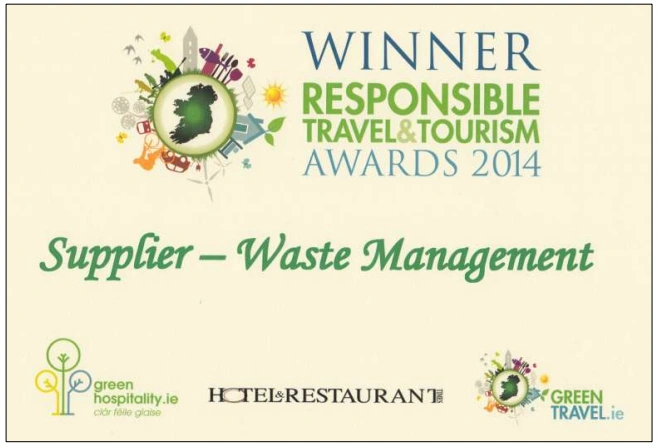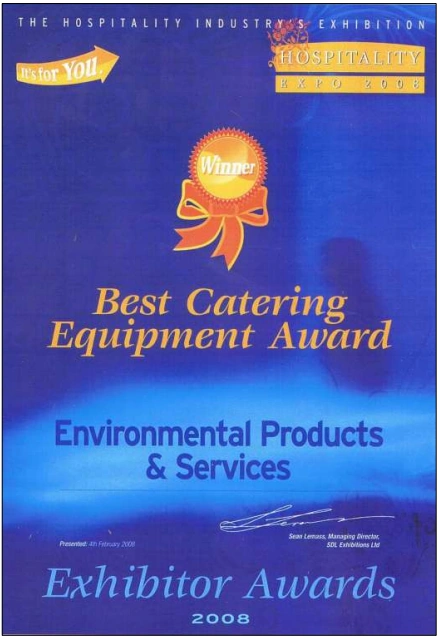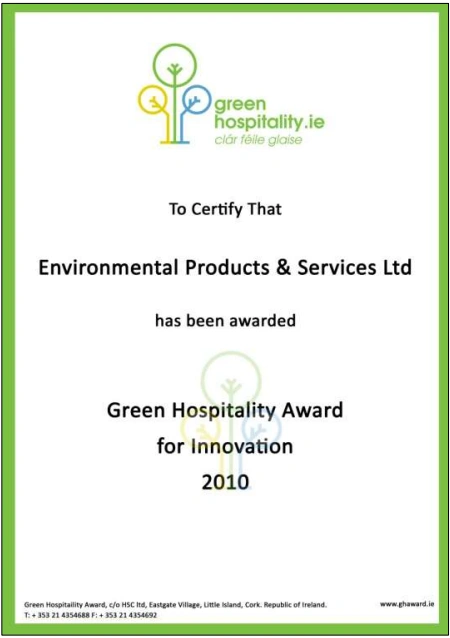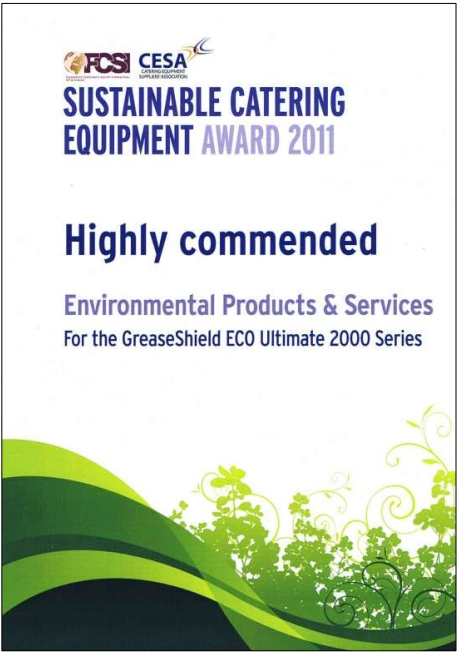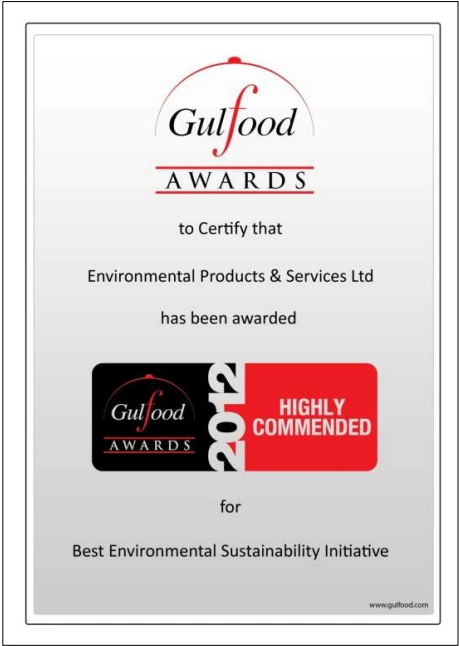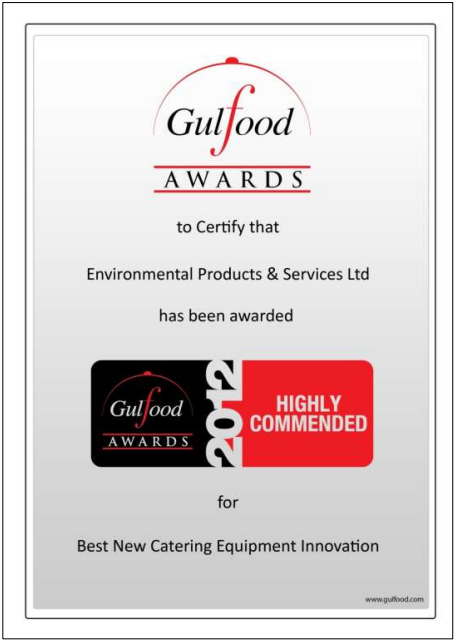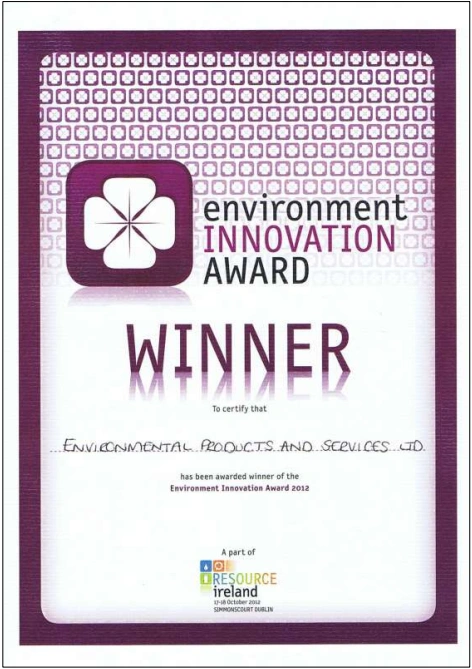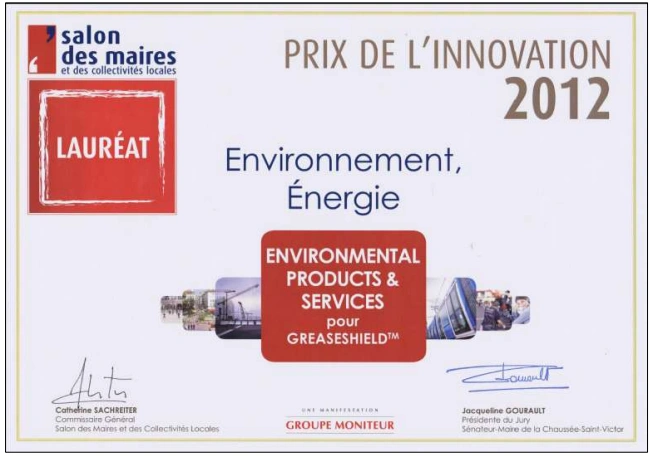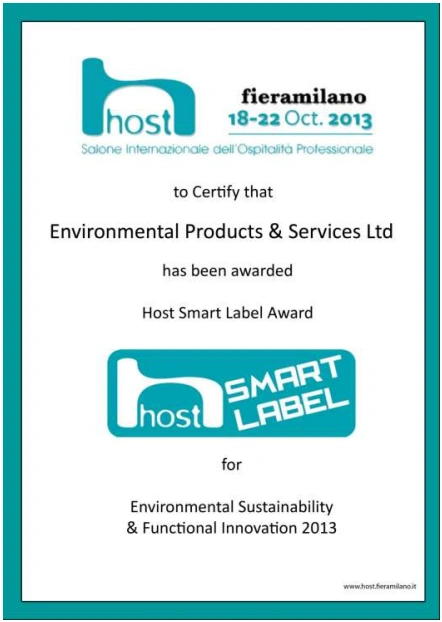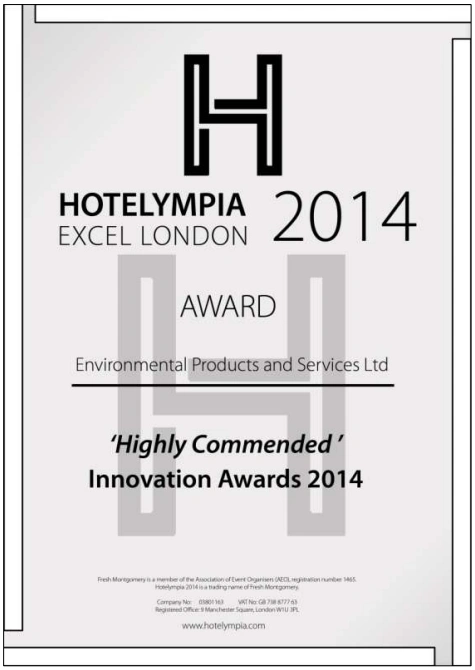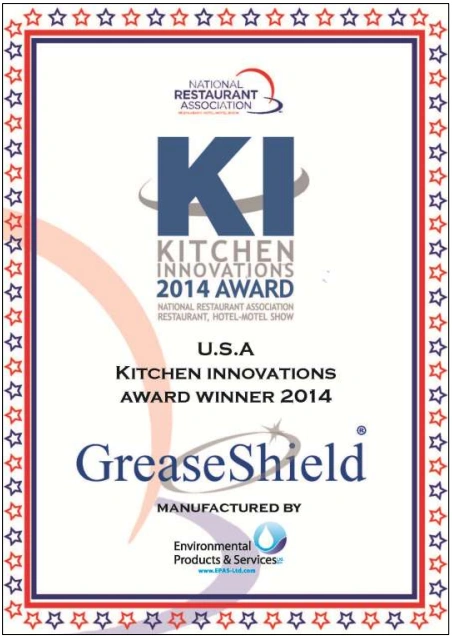SanicShield® Tablet - Safety Data Sheet
SAFETY DATA SHEET – DS001A
According to Regulation (EC) No. 1907/2006
(SanicShield® Effervescent Chlorine Tablets)
1. Identification of the Preparation and of the Company
1.1 Identification of the Preparation:
SanicShield® Tablets (weight range 3.2g – 3.5g) PN501, PN503, PN570, PN556, PN557, PN570, PN580
1.2 Company Identification
Environmental Products and Services Ltd, 6 Shepherds Way, Carnbane Industrial Estate, Newry BT35 6EE Co. Down N. Ireland, Tel: 44 (0) 28 3083 3081
2. Hazards Identification
2.1 GHS Classification:
- Acute Toxicity: Oral – Category 5.
- Acute Toxicity: Inhalation – Category 4 (unlikely unless tablets crushed)
- Eye Damage/Irritation: Category 2a
- Specific Target Organ Toxicity: (single exposure) – Respiratory Tract irritation – Category 3. Aquatic Acute 1 – H400
- Aquatic Chronic 1 – H410
Harmful: On contact with moisture, NaDCC readily decomposes to Chlorine, Hypochlorous Acid & Cyanuric Acid.
2.2 Label Element:
- GHS Symbols:
- Min 10mm sides

GHS Signal Word:
Sodium dichloroisocyanurate (or Troclosene sodium) must be stated on the label
(SanicShield® Effervescent Chlorine Tablets)
2.2 Label Element: Continued
Response Statements:
H319 Causes serious eye irritation.
H335 May cause respiratory irritation.
H410 Very toxic to aquatic life with long lasting effects.
H031 Contact with acids liberates toxic gas.
Prevention Statements:
P261 Avoid breathing dust/fumes/gas or spray.
P280 Wear protective clothes/gloves/ eye protection.
P233 Keep container tightly closed.
P305/351/338 IF IN EYES: Rinse cautiously with water for several minutes. Remove contact lenses, if present and easy to do. Continue rinsing.
Call a POISON CENTER or doctor/physician if you feel unwell (take this label)
Store in a well-ventilated place.
3. Composition/Information on Ingredients

Chemical Name: Continued

3.3 There are no other hazardous materials in this formulation that are known to the supplier.
4.First Aid Measures (Solution):
- Eye Contact: Immediately flush with plenty of clean water for at least 15 minutes. If irritation persists, seek medical attention. Remove contact lenses & flush with water if applicable.
- Skin Contact: Promptly wash thoroughly with water for at least 5 minutes while removing contaminated clothing. Wash any contaminated clothing well before re-use.
- Ingestion: Never give anything by mouth to an unconscious person. If conscious, immediately rinse mouth, then drink plenty of water or milk. Do not induce vomiting but if vomiting does occur, keep airways clear. Seek medical attention.
- Inhalation: Move to fresh air. If irritation persists, seek medical attention.
Health Effects of Tablet (NOT resultant solution)
- Effect On Skin: Irritation and burning
- Effect On Eyes: Irritation and burning
- Effect On Ingestion: Harmful if swallowed. Nausea, headache, vomiting
& upper abdominal pain.
Effect On Inhalation: Unlikely route of exposure unless tablet breaks into powder, then material may be irritant to mucous membranes
HSE Occupational
Exposure Limits (EH40/93): Long Term Exposure Limit to Chlorine – (8 hours TWA) 0.5ppm 1.5mgm -3
Short Term Exposure Limit to Chlorine – (10 minutes) 1ppm 3mgm -3
5.Fire Fighting Measures
5.1 Special Fire or Explosion Hazards
- Negligible fire hazard. Product is not flammable itself, but contact with combustible material may cause fire. Product combustible if dehydrated by drying. Decomposes above 250OC with release of chlorine & other toxic fumes but no visible flame.
- A thermal decomposition can be extinguished by flooding with copious amounts of water or by isolating the decomposing material in open air and allowing it to be consumed. Use self-contained breathing apparatus and goggles. Do not approach from leeward.
5.2 Suitable Extinguishing Media
- Pressurised water only. Do not use dry fire extinguishers containing ammonium compounds, carbon dioxide or halogenated extinguishers as potential for violent reaction. (Wear breathing apparatus)
5.3 Other Recommendations
- Remove the product if it is safe to do so, before using water for fire fighting, in order to minimise hazards from release of toxic fumes. It will often be safer to let the fire burn itself out. Where it is decided to fight the fire with water, large quantities must be used. If insufficient water is used there may be an explosion hazard associated with hot damp material.
6. Accidental Release Measures
- Refer to section 8 for personal protection when handling spillages.
- Any spillages should be cleaned up as soon as possible to prevent contamination with foreign materials with which it may react – see section 10, stability and reactivity.
- Handle spillage carefully, do not return spilled material to original container. If tablets are dry and uncontaminated, collect up into heavy duty plastic bag; where possible and suitable, use material as originally intended. Wash away any residues with copious amounts of water.
- If tablets are contaminated they should be transferred to waste ground, spread thinly and covered with a thin layer of earth; a smell of chlorine will be noted until the material has degraded. Keep people, vehicles and animals away from the disposal area.
- If tablets become damp they will effervesce, evolving carbon dioxide and may decompose to give off chlorine fumes; transfer spillage to unsealed plastic bags avoiding any large masses of material within the bags and remove to waste ground for immediate treatment/disposal as above; avoid breathing fumes. Wash away residues with copious amounts of water.
- If spillage of tablets is large (more than 100Kg), place into bins lined with polythene bags and eliminate in accordance with locally valid disposal regulations.
7.Handling & Storage
7.1 Recommended Storage Conditions
- STORE IN A COOL, DRY, WELL VENTILATED PLACE WITH CONTAINER LID TIGHTLY CLOSED.
- Store away from all incompatibles and combustibles (see section 10). Moisture sensitive – do not allow moisture to get into the container Avoid high humidity levels. Do not allow water to get into container. Keep away from fire, heat, flame & direct sunlight. Keep container tightly closed. Keep out of reach of children. Never store damp or contaminated material. Ideally store below 25°C.
7.2 Recommended Handling Precautions
See section 8 below.
8. Exposure Controls/Personal Protection
8.1 Control Parameter

8.2 Exposure Controls
Respiratory Protection: Where any dust in the breathing zone cannot be controlled with
ventilation, wear an officially approved respirator (NIOSH/MSHA or
equivalent agency, Filter AB2P2. Filter AB2P3.) for protection against airborne dust.
Ventilation: Use local exhaust ventilation where appropriate.
8.3 Eye Protection: If airborne dust concentrations are high, wear appropriate protective
Goggles to EN 166. Wash eyes with clean water where there is potential eye
contact.
8.4 Skin Protection: When handling large bulk quantities wear protective gloves. Wash
immediately if skin is contaminated. Remove and was contaminated
clothing and clean up equipment before re-use. Wash thoroughly with
soap and water after handling.
9.Physical & Chemical Properties
- Appearance: White flat bevelled tablet.
- Odour: Characteristic Chlorine Odour.
- pH: As is – not applicable.
- pH: In solution – 5.0 – 6.0 approx.
- Solubility: Freely soluble.
- Oxidising Properties: Non oxidising solid.
- Flash Point: >100°C
- Flammability: Non-flammable but can be Exothermic in temperatures >50OC especially ifcombined with prolonged high humidity.
- Explosion Properties: Not explosive
10.Stability & Reactivity
10.1 Stability:
The product is very stable if stored in a cool, dry well ventilated area with lid tightly closed.
10.2 Possibility of Hazardous Reaction: Under normal conditions of storage & use, hazardous reactions will not occur. Mixing this product with (liquid) acid solutions or ammonia will release Chlorine Gas.
10.2 Conditions to Avoid: Do not store on or near heat sources or naked flame. Avoid moisture. NaDCC decomposes at temperatures above 240°C liberating toxic gases.
10.3 Materials to Avoid: Extremely reactive to (LIQUID) acids, alkalis & reactive to cationic and certain non-ionic surfactants. Contact with water liberates chlorine and with nitrogen compounds may cause explosion. Avoid direct contact with organic materials; oils, grease, sawdust, reducing agents, nitrogen containing compounds, calcium hypochlorite, other oxidizers.
11.Toxicological Information
- Route of entry: Inhalation, skin contact & ingestion.
- Inhalation of NaDCC dust is irritating to the nose, mouth, throat and lungs.
- Ingestion of NaDCC can cause irritation and or/burns to the gastrointestinal tract.
- Skin & Eye Contact with NaDCC can cause severe irritation and/or burns, characterized by redness,
swelling and scab formation. May cause impairment of vision and corneal damage.
Toxicological Data: Troclosene Sodium (NaDCC)
Acute toxicity:
- Oral LD50 (rat) ca. 1420mg/kg
- Oral LD50 (mammal) ca. 1670mg/kg
- Oral LDLo (human) ca. 3570mg/kg
- Oral LD50 (rabbit) ca. 2500mg/kg
- Dermal LD50 (rabbit) >2000mg/kg
- Dermal LDLo (rabbit) ca. 3200mg/kg
Eye Irritation (rabbit): Severe irritant
Carcinogenicity: This chemical is not considered to be carcinogenic by any reference source.
Toxicological Data: Adipic Acid – N/A as discharge during effervescence when released in water.
12.Ecological Information
12.1 Acute Toxicity
NaDCC is highly toxic to fish if released in large quantities in confined volume of water. Do not discharge into lakes, ponds, streams or public water unless in accordance with the permit of official regulations.

12.2 Persistence and degradability – no available data
12.3 Bio accumulative potential – not expected to bioaccumulate
12.4 Remarks
Effects on aquatic organisms due to pH shift. Neutralisation is necessary before waste water discharge.
13.Disposal Information
Refer to section 6, then :-
Disposal should be done in accordance with all official regulations. If material is dry, incineration is recommended.
14.Transport Information
ADR/RID
UN Number: UN3077
Proper Shipping Name: Environmentally hazardous substance, solid, n.o.s. Technical Name: Sodium Dichloro – 1,3,5 -Triazinetrione Anhydrous, mixture Class: 9 Packing Group: III Remarks: As per ADR 2021 Special Provision 375, this product when carried in a single or combination packaging containing a net quantity per single or inner packaging of 5kg or less is not subject to any other provisions of ADR provided the packaging me ets the general provisions of 4.1.1.1, 4.1.1.2 and 4.1.1.4 to 4.1.1.8.
IMDG
- UN Number: UN3077
- Proper Shipping Name: Environmentally hazardous substance, solid, n.o.s. (Sodium Dichloro – 1,3,5 -Triazinetrione Anhydrous, mixture)
- Technical Name: Sodium Dichloro – 1,3,5 -Triazinetrione Anhydrous, mixture Class: 9
- Packing Group: III
- Remarks: Sodium Dichloro – 1,3,5 -Triazinetrione Anhydrous, mixture (Dichloroisocyanuric acid, salts) are not designated as a marine pollutant in accordance with IMDG 2018.
Can be shipped under Limited Quantity provisions provided packed in combination packaging, maximum permitted quantity per inner packaging is 5kg. The total gross weight of completed package can not exceed 30kg gross weight.
ICAO/IATA
- UN Number: UN3077
- Proper Shipping Name: Environmentally hazardous substance, solid, n.o.s. (Sodium Dichloro – 1,3,5 -Triazinetrione Anhydrous, mixture)
- Technical Name: Sodium Dichloro – 1,3,5 -Triazinetrione Anhydrous, mixture.
- Class: 9
- Packing Group.
- Remarks: As per IATA 62nd Edition Special Provision A197, this product is not subject to the requirements of IATA provided that it is packed in single or combination packaging’s of 5kg or less and that the packaging’s meet the general provisions of 5.0.2.4.1, 5.0.2.6.1.1 and 5.0.2.8.
15.Regulatory Information
- 15.1 Safety, health and environmental regulations: The product is classified in accordance with the Chemicals (Hazard Information and EC Regulation 1272/2008 (CLP). Other regulatory information and provisions are not applicable for this product.
- 15.2 Chemical safety assessment N/A.
16.Other Information
SanicShield® Effervescent Chlorine Tablets – On contact with water decomposes to chlorine (1,000 ppm per 1 Litre of Water, Hypochlorous Acid & Cyanuric Acid – A chlorine stabilizer used in swimming pools.
Hypochlorous acid (ClOH, HClO, HOCl, or ClHO) is a weak acid that forms when chlorine dissolves in water, and itself partially dissociates, forming hypochlorite, ClO−. HClO and ClO are oxidizers, and the primary disinfection agents of chlorine solutions. HClO cannot be isolated from these solutions due to rapid equilibration with its precursor, chlorine. Because of its strong antimicrobial properties, the related compounds sodium hypochlorite (NaClO) and calcium hypochlorite (Ca(ClO)2) are ingredients in many commercial bleaches, deodorants, and disinfectants. The white blood cells of mammals, such as humans, also contain hypochlorous acid as a tool against foreign bodies. In living organisms, HOCl is generated by the reaction of hydrogen peroxide with chloride ions under the catalysis of the heme enzyme myeloperoxidase (MPO).
Like many other disinfectants, hypochlorous acid solutions will destroy pathogens, such as COVID-19, absorbed on surfaces. In low concentrations, such solutions can serve to disinfect open wounds.
1 Tablet to 5L of water to achieve 200ppm
Application ApplicationFAC Recommendation (ppm)
Fogging 200
Hand Sanitiser 50
Food Prep Area Sanitisation 200
Produce Washing 25-150
Toilet, Drains, Sink & Sluice etc 400
General Disinfection in Hospital & Veterinary 1000
Drinking Water Purification 2.5-5
Contaminated Body Fluid Spills & Conditions 10000

- FOOD PREPARATION SURFACES, VENDING MACHINES, FLOORS & WALL TILES – 200 ppm:
Dissolve 1 tablet in 5 L warm water. Mop or wipe surface. Leave to air dry or use paper towel.
- DISHCLOTHS & MOPS – 100 ppm: Dissolve 1 tablet in 10 L warm water. Leave to soak for upto 2 hours.
- CUTLERY, CROCKERY & GLASSWARE – 120 ppm: Dissolve 1 tablet in 8 L warm water. Leave to soak for a minimum of 5 minutes.
- TOILETS & DRAINS – 400 ppm:
Dissolve 2 tablets per 5 L warm water.
- GENERAL DISINFECTION – 1,000 ppm:
Dissolve 1 tablet in 1 L warm water. Wipe or mop surface, wetting thoroughly. Leave for 5 minutes, then wipe away excess.
For Coronavirus, clean surface with detergent prior to disinfection.
- BODY FLUID SPILLS – 10,000 ppm:
Dissolve 1 tablet in 100 ml warm water.
- DISINFECTION OF SALADS, VEGETABLES & NON-PEELABLE FRUITS – 50 ppm:
Rinse to remove loose soil. Dissolve 1 tablet in 20 L water. Ensure complete dissolution of tablet before submerging salad etc in the solution to disinfect for 5 minutes, agitating to maximise decontamination. Shake o excess liquid. It is preferable not to rinse after disinfection, except where food will be consumed in less than 2 hours, in which case rinse well with clean fresh drinking water. Replace the disinfection solution frequently.
NOTE: The information herein relates only to the specific material designated and may not be valid for such material if used in combination with other material or in another process. This information is presented in good faith to the best of the company’s knowledge and believed to be correct at the date prepared however no warranty or representation expressed or implied is made as to the accuracy or completeness of the information or continuing accuracy of this data. In no event will Environmental Products and Services Ltd be responsible for damages of any nature whatsoever resulting from the use or reliance of this data. It is for the user to satisfy themselves as to the suitability of such information for their particular use. The user assumes all liability for any damage or injury resulting from abnormal use, from any failure to adhere to recommended practices or from any hazards inherent in the nature of the product. END









